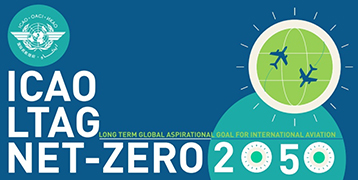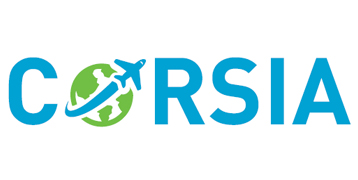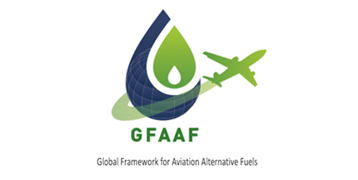Wastewater-grown microalgae biomass as a source of sustainable aviation fuel: Life cycle assessment comparing hydrothermal routes
Journal of Environmental Management
• Volume 360
(2024)
• pp. 121-164
FEATURED BOOK
The present paper compared, through life cycle assessment (LCA), the production of aviation biofuel from two hydrothermal routes of microalgae cultivated in wastewater. Hydrothermal liquefaction (HTL) and gasification followed by Fischer-Tropsch synthesis (G + FT) were compared. Both routes included biomass production, hydrotreatment for biofuel upgrading, and product fractionation. Secondary data obtained from the literature were used for the cradle-to-gate LCA. G + FT had a higher impact than HTL in the 18 impact categories assessed, with human carcinogenic toxicity exerting the most harmful pressure on the environment. The catalysts were the inputs that caused the most adverse emissions. The solvent used for bio-oil separation also stood out in terms of impacts. In HTL, emissions for global warming were −51.6 g CO2 eq/MJ, while in G + FT, they were 250 g CO2 eq/MJ. At the Endpoint level, HTL resulted in benefits to human health and ecosystems, while G + FT caused environmental damage in these two categories, as well as in the resources category. In the improvement scenarios, besides considering solid, aqueous, and gaseous products as co-products rather than just as waste/emissions, a 20% reduction in catalyst consumption and 90% recovery were applied. Thus, in HTL, 39.47 kg CO2 eq was avoided, compared to 35.44 kg CO2 eq in the base scenario. In G + FT, emissions decreased from 147.55 kg CO2 eq to the capture of 8.60 kg CO2 eq.
6 total downloads



 Back
Back



